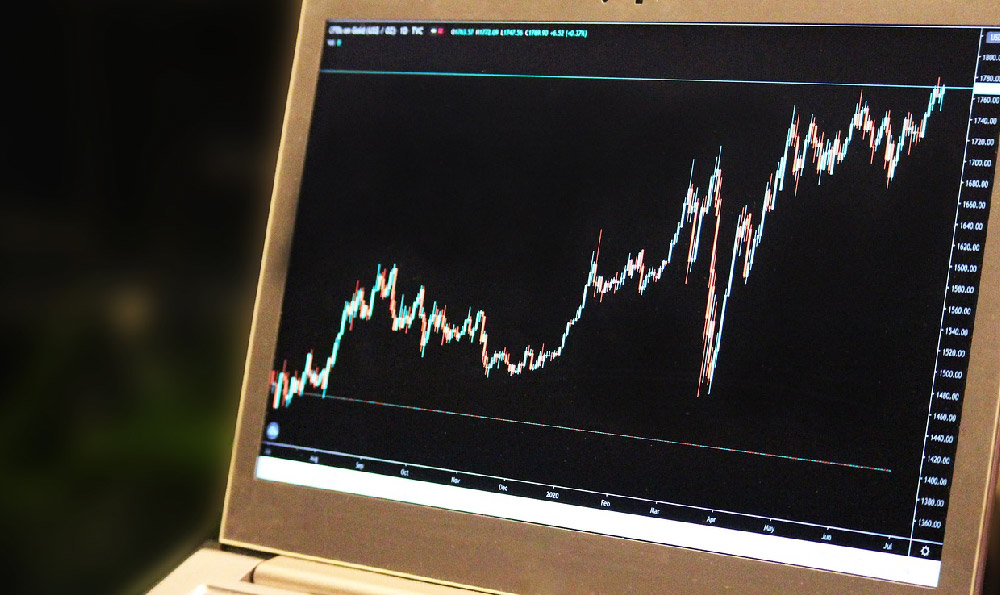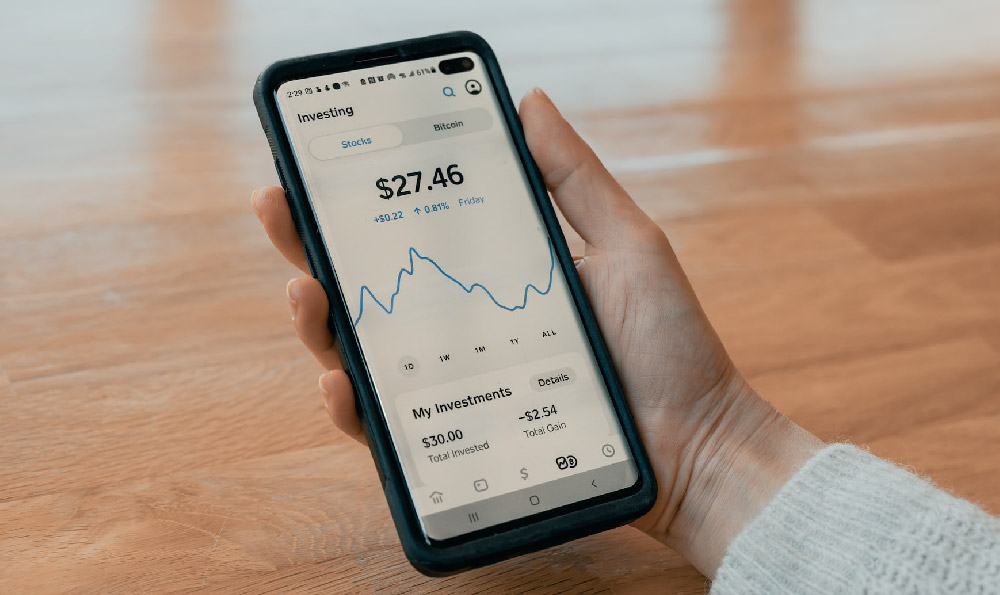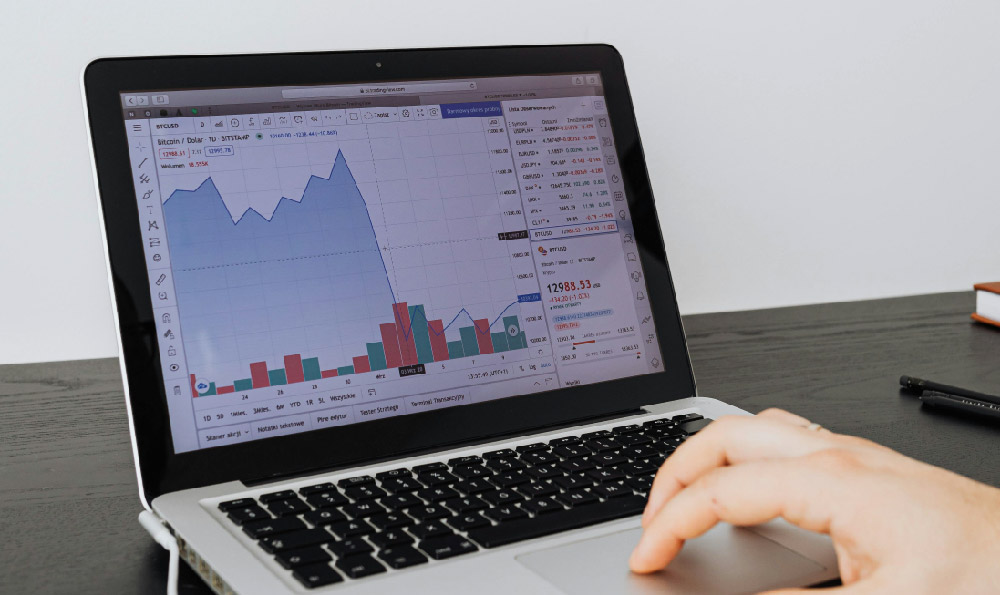
Keepbit Exchange, like any platform operating within the cryptocurrency sphere, presents a unique set of risks and opportunities for users. Assessing the true extent of its risk profile requires a multifaceted analysis, encompassing aspects of security infrastructure, regulatory compliance, market stability, and user behavior. Mitigating these risks, therefore, involves a proactive and informed approach, carefully balancing potential returns with a clear understanding of potential downsides.
One of the primary concerns surrounding any cryptocurrency exchange is its security. Keepbit, like its competitors, is a target for malicious actors seeking to exploit vulnerabilities in its system. The nature of the vulnerabilities varies. They may include weaknesses in the exchange's code, insecure storage of private keys, or susceptibility to phishing attacks targeting individual user accounts. Therefore, a thorough investigation into Keepbit's security practices is essential. This includes scrutinizing its track record regarding past security breaches, the measures it has implemented to protect user funds, and the frequency with which it undergoes independent security audits. Transparency in this regard is crucial; exchanges that openly share information about their security protocols and incident response plans inspire greater confidence. Multi-factor authentication (MFA) should be non-negotiable, and users should be vigilant against phishing attempts, verifying the authenticity of emails and website URLs before entering any sensitive information. Hardware wallets, while adding a layer of complexity, offer enhanced protection by storing private keys offline, significantly reducing the risk of online theft.
Regulatory compliance is another critical factor in assessing the risk of using Keepbit. The regulatory landscape surrounding cryptocurrencies is constantly evolving, and exchanges operating in jurisdictions with weak or unclear regulations are inherently riskier. Compliance with KYC (Know Your Customer) and AML (Anti-Money Laundering) regulations helps to prevent illicit activities and provides a layer of protection for users. Investigate Keepbit's operational jurisdictions and ensure that it complies with the relevant regulations. A lack of compliance can expose the exchange to legal action, potentially leading to the freezing of assets or even the exchange's closure. Furthermore, a lack of transparency regarding regulatory compliance can be a red flag, suggesting that the exchange may be operating in a less-than-reputable manner.

Market volatility is a ubiquitous risk in the cryptocurrency world, and it affects all exchanges, including Keepbit. The prices of cryptocurrencies can fluctuate dramatically in short periods, leading to significant gains or losses. This volatility is influenced by a multitude of factors, including market sentiment, regulatory news, technological advancements, and macroeconomic trends. While Keepbit itself does not directly control market volatility, its platform infrastructure and risk management tools can play a role in mitigating its impact on users. Features such as stop-loss orders, limit orders, and margin trading (if offered) can help users manage their risk exposure and protect their investments during periods of high volatility. However, it's imperative to understand the mechanics of these tools thoroughly before employing them. Margin trading, in particular, can amplify both profits and losses, and should only be used by experienced traders who understand the associated risks.
Beyond the exchange-specific risks, user behavior plays a significant role in determining the overall risk profile. Many incidents of asset loss on cryptocurrency exchanges are attributable to user error, such as using weak passwords, falling victim to phishing scams, or failing to properly secure their accounts. Therefore, responsible user practices are paramount. Create strong, unique passwords for your Keepbit account and enable MFA for enhanced security. Be wary of phishing emails and websites, and always verify the authenticity of any communication before clicking on links or entering your credentials. Educate yourself about the risks of cryptocurrency investing and be prepared to lose the money that you invest. Never invest more than you can afford to lose, and diversify your portfolio to reduce your overall risk exposure.
Liquidity on the Keepbit exchange should also be considered. Low liquidity can result in slippage, where the price you execute a trade at is significantly different from the price you expected. Examine the order books for the cryptocurrencies you intend to trade and assess the depth of the market. Larger order books generally indicate higher liquidity and lower slippage.
Finally, consider the reputation and user reviews of Keepbit. Search for independent reviews and forum discussions to gain insights into other users' experiences with the exchange. Pay attention to complaints regarding security issues, withdrawal delays, or customer service responsiveness. While online reviews should be taken with a grain of salt, they can provide valuable information about the exchange's overall reliability and customer satisfaction.
In conclusion, assessing the risk of using Keepbit exchange requires a holistic approach that considers security, regulatory compliance, market volatility, user behavior, and platform liquidity. By carefully evaluating these factors and implementing appropriate risk mitigation strategies, users can increase their chances of success in the cryptocurrency market while minimizing their exposure to potential losses. A proactive and informed approach, combined with a healthy dose of skepticism, is the best defense against the inherent risks of the cryptocurrency world. Remember, the world of digital assets is constantly evolving, so continuous learning and adaptation are essential for navigating its complexities successfully.





